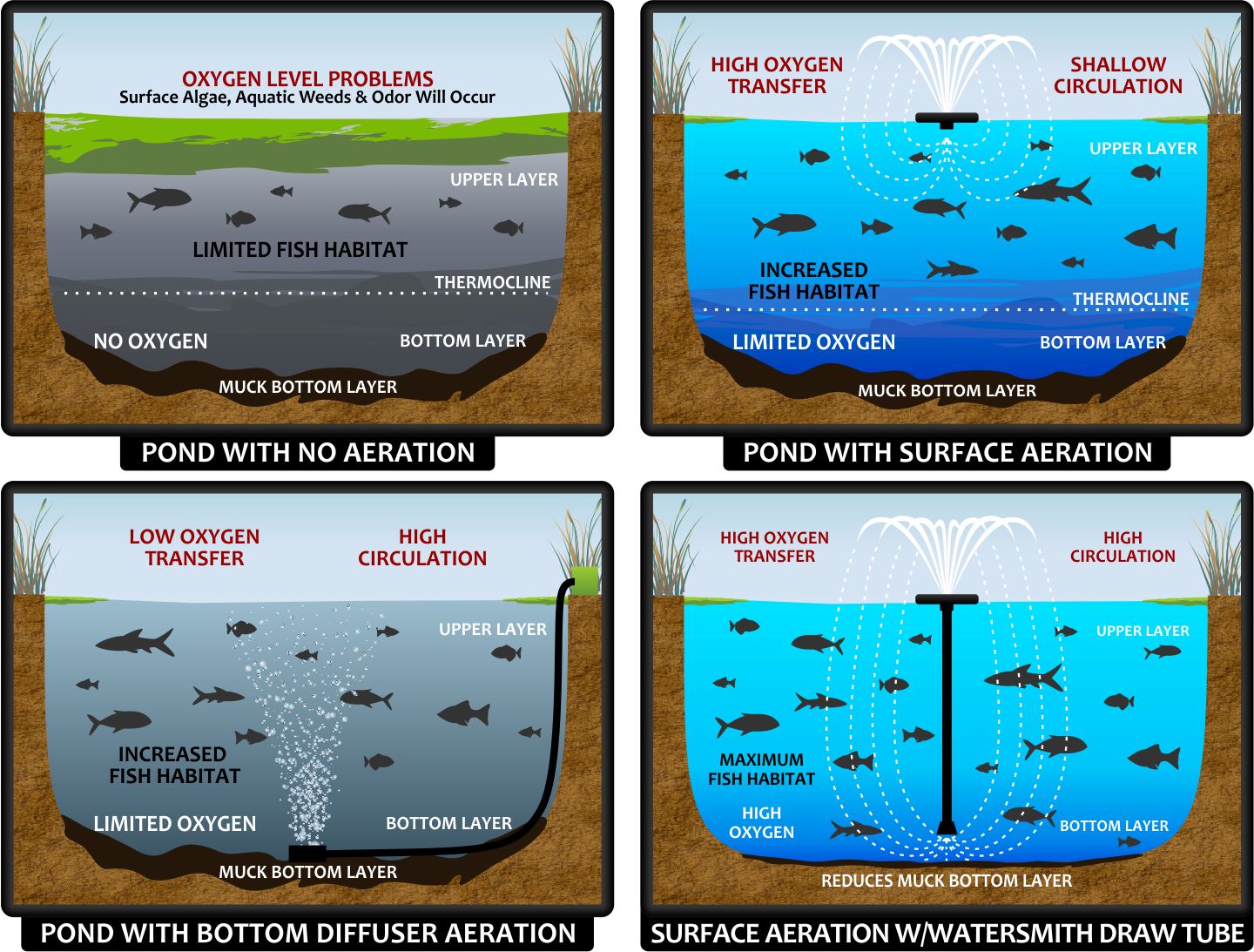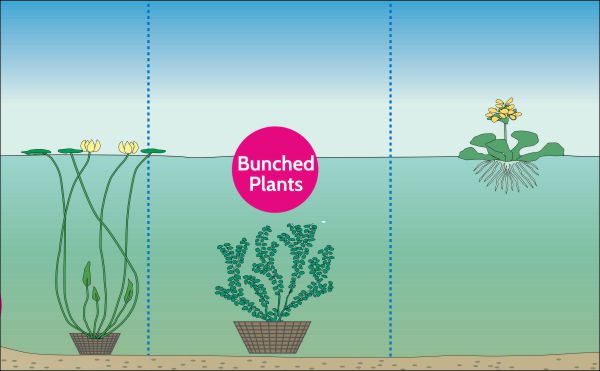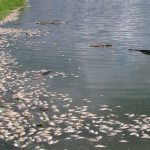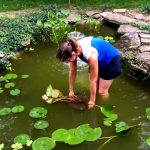Welcome to our comprehensive guide on how to oxygenate a pond effectively. Proper oxygen levels are crucial for the health and well-being of fish, plants, and other aquatic life in your pond. Inadequate oxygen levels can lead to various issues such as fish kills, algae blooms, and poor water quality. By following the tips and techniques outlined below, you can ensure that your pond remains well-aerated and thriving.
Why is Pond Oxygenation Important?
Oxygen is essential for the survival of aquatic life in ponds. Fish and other organisms rely on dissolved oxygen in the water to breathe. Oxygenation also helps in breaking down organic matter, reducing algae growth, and maintaining water clarity. Proper oxygen levels support a healthy ecosystem in your pond.

Credit: fwfarms.com
Methods of Pond Oxygenation
There are several methods you can use to oxygenate your pond, ranging from natural to mechanical techniques. Let’s explore some of the most effective ways to ensure optimal oxygen levels in your pond:
1. Aeration Systems
Aeration systems are one of the most efficient ways to oxygenate a pond. These systems work by circulating the water and increasing the surface area for oxygen exchange. There are various types of aeration systems available, including diffused aeration, surface aerators, and fountain aerators. Choose a system that best suits the size and depth of your pond.
2. Waterfalls And Fountains
Installing a waterfall or fountain in your pond not only adds beauty but also helps oxygenate the water. The splashing action of the water as it cascades back into the pond increases oxygen levels. Waterfalls and fountains also enhance water circulation, which is beneficial for overall pond health.
3. Plants
Aquatic plants play a vital role in oxygenating ponds. Plants such as submerged oxygenators and floating plants release oxygen during photosynthesis. Including a variety of aquatic plants in your pond not only adds aesthetic appeal but also contributes to natural oxygenation.
4. Surface Agitation
Creating surface agitation by using aeration stones, air pumps, or paddlewheels can help oxygenate the water. This method increases the contact between water and air, promoting oxygen exchange. Be sure to adjust the level of surface agitation based on the oxygen requirements of your pond.
Factors Affecting Pond Oxygen Levels
Several factors can influence the oxygen levels in your pond. Understanding these factors can help you maintain optimal oxygenation and prevent issues related to low oxygen levels. Some key factors to consider include:
| Factors | Effects |
|---|---|
| Temperature | Higher temperatures reduce the oxygen-carrying capacity of water. |
| Organic Matter | Decomposing organic matter consumes oxygen, leading to lower levels. |
| Algae Blooms | Algae blooms can deplete oxygen levels, especially during nighttime. |
| Depth | Deeper ponds may have stratified layers with varying oxygen levels. |

Credit: m.youtube.com
Monitoring Oxygen Levels
Regular monitoring of oxygen levels in your pond is essential to ensure that they remain within the optimal range. You can use oxygen test kits or meters to measure dissolved oxygen levels. Monitoring should be done at different times of the day and seasons to account for variations in oxygen demand.
Tips for Improving Pond Oxygenation
Here are some additional tips to help improve oxygen levels in your pond:
- Remove excess debris and organic matter regularly to prevent oxygen depletion.
- Avoid overstocking fish to maintain a balanced fish population.
- Position aeration systems or fountains in areas with poor water circulation.
- Consider adding oxygen-boosting additives or supplements to support oxygen levels.
Conclusion
Properly oxygenating your pond is essential for creating a healthy and thriving aquatic environment. By implementing the right oxygenation methods, monitoring oxygen levels, and addressing key factors affecting oxygenation, you can ensure that your pond remains a vibrant ecosystem for fish, plants, and other aquatic life. Remember to tailor your oxygenation strategy to the specific needs of your pond to achieve optimal results.
We hope this guide has provided you with valuable insights on how to oxygenate a pond effectively. By following these tips and techniques, you can enjoy a beautiful and oxygen-rich pond for years to come!





